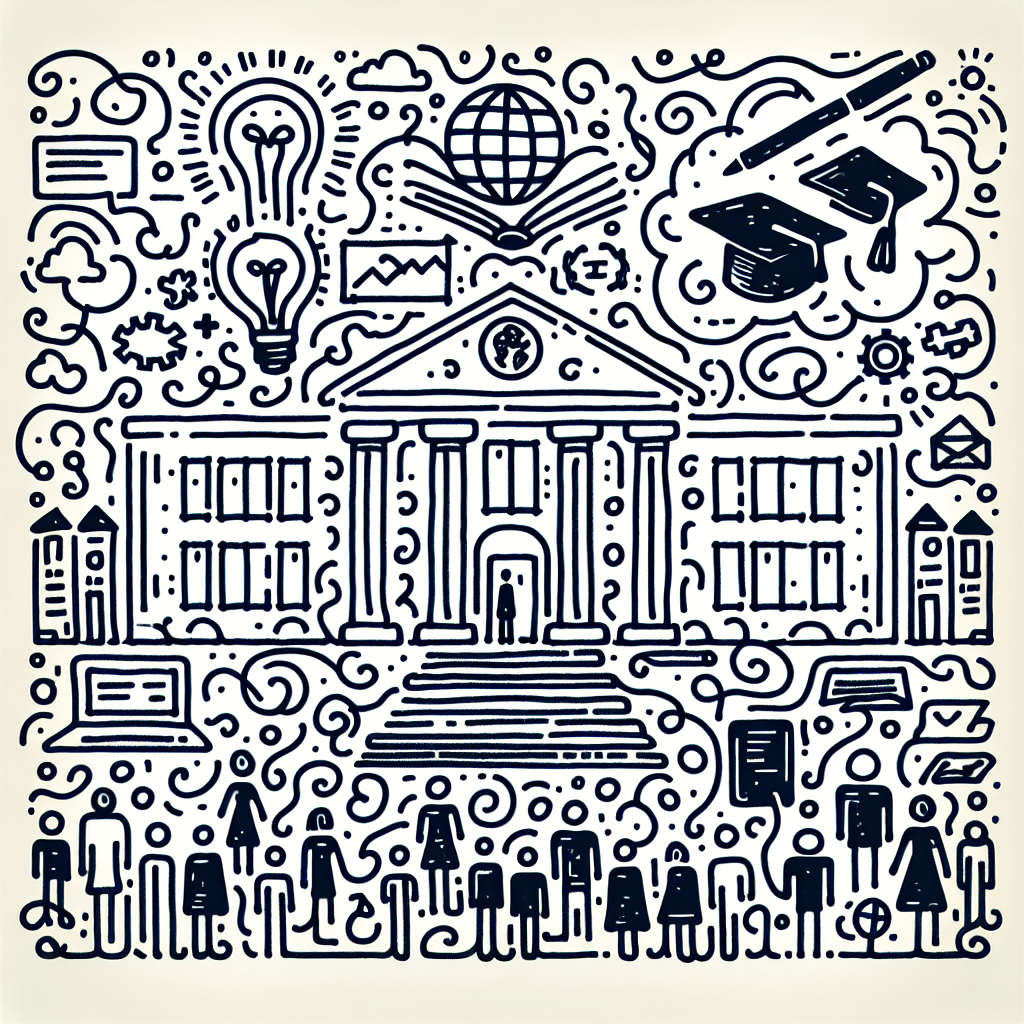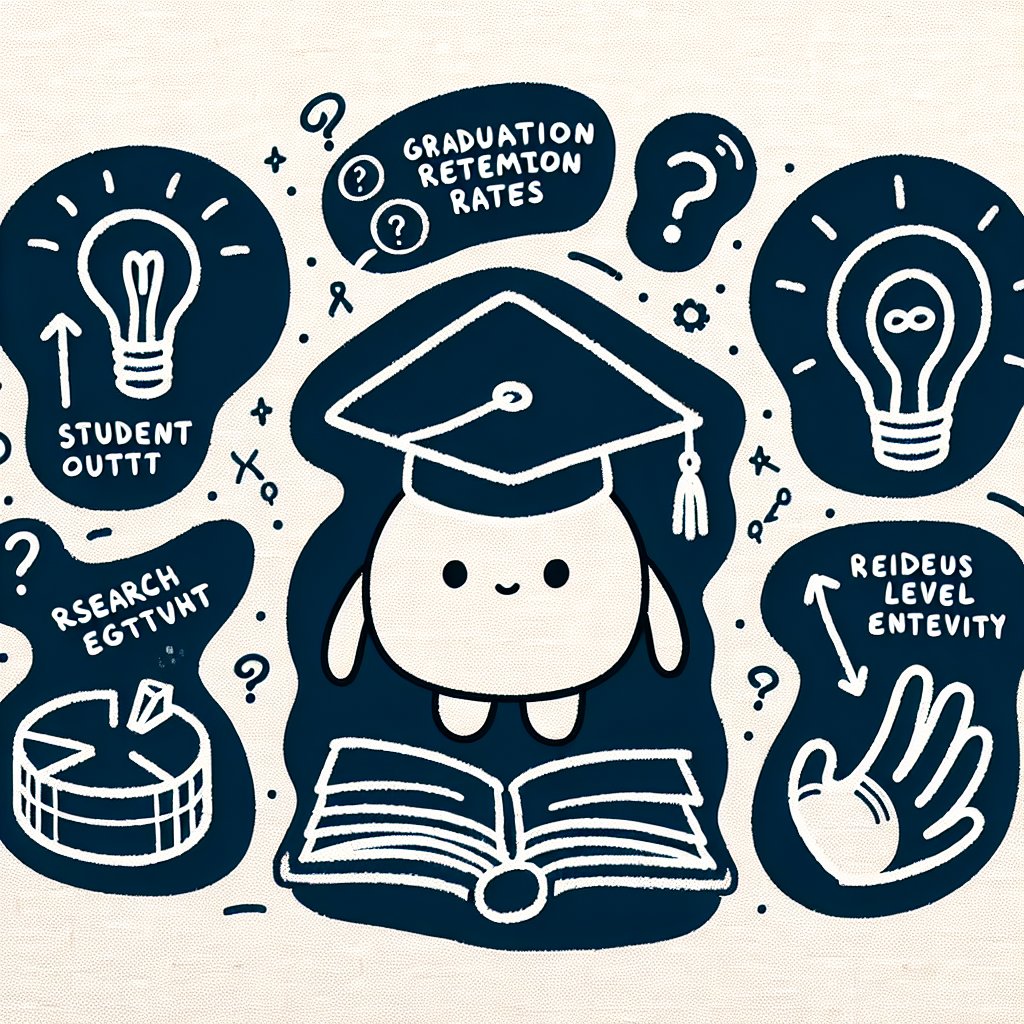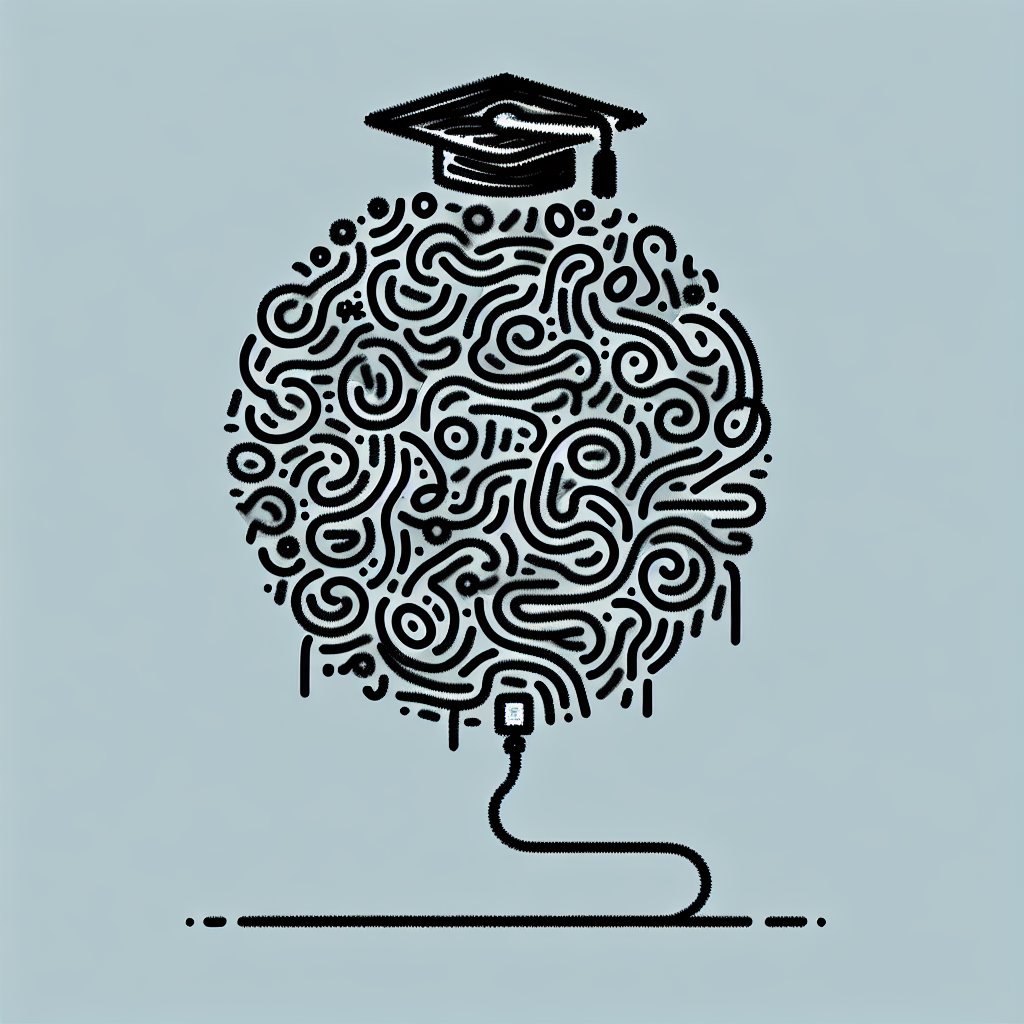Introduction
When discussing the best university education, it's important to define what "best" means in this context. It typically refers to a combination of academic excellence, research output, faculty quality, student satisfaction, and post-graduation outcomes. Factors such as global reputation, availability of resources, and international collaboration also contribute to determining the best university education.
Evaluating global university education matters because it helps students, educators, and policymakers make informed decisions. For students, it can guide choices about where to study based on academic and career goals. For institutions and governments, it supports benchmarking and improvements in educational quality.
This analysis draws on widely recognized data sources, including the QS World University Rankings, Times Higher Education (THE) World University Rankings, and the Academic Ranking of World Universities (ARWU). These rankings assess universities on criteria such as academic reputation, faculty-to-student ratio, international diversity, and research impact. By combining these metrics, we can form a comprehensive view of what constitutes the best university education globally.

Global Trends in University Education Attainment
Postsecondary Degree Attainment in the U.S. and Abroad
In 2022, 50% of U.S. adults aged 25 to 64 held a postsecondary degree, indicating a significant commitment to higher education in the country (NCES). This figure surpasses the OECD average of 41% for the same age group, highlighting the United States' continued emphasis on obtaining the best university education. Gender disparities are also evident in global data; in 2020, 41% of women worldwide had attained tertiary education, reflecting both progress and ongoing gaps in access (Statista).
Age Group Analysis
Postsecondary degree attainment varies significantly by age group. Younger generations tend to have higher rates of university education, reflecting increased access and societal expectations. However, there is a growing trend of adult learners returning to complete degrees later in life. This shift suggests that lifelong learning is becoming a critical component of the best university education, as individuals adapt to evolving job markets and personal goals.
Regional and Country Comparisons
Globally, certain countries consistently lead in tertiary education attainment. Nations such as Canada, South Korea, and Japan rank among the top performers, showcasing successful education policies and widespread access. Meanwhile, several developing countries are experiencing rapid improvements in postsecondary enrollment and completion, driven by investments in infrastructure and policy reforms. According to the World Education Statistics 2024, this progress demonstrates a narrowing global education gap and a broader distribution of the best university education opportunities worldwide.

Factors That Define the Best University Education
Academic Quality
Academic quality is a cornerstone of the best university education. It is characterized by rigorous and innovative curricula that adapt to evolving knowledge and industry demands. Universities that offer interdisciplinary programs and emphasize critical thinking and research skills tend to stand out. Faculty credentials, including terminal degrees and research contributions, significantly influence the academic environment. Institutions with high publication output and frequent citations often indicate strong faculty engagement in advancing knowledge. International rankings and accreditations, such as those from QS World University Rankings or the Times Higher Education, also provide benchmarks for academic excellence.
Accessibility and Inclusivity
Accessibility and inclusivity are essential in defining the best university education. High enrollment rates across diverse socioeconomic backgrounds demonstrate a university’s commitment to equitable access. Gender parity and support systems for marginalized communities—including scholarships, mentorship, and dedicated resource centers—further reflect inclusive practices. Government initiatives, such as need-based funding and affirmative action policies, also play a role in widening participation and ensuring that higher education is not limited to privileged groups.
Affordability and Investment
Affordability significantly impacts the value of a university education. In the United States, the government spends $36,172 per full-time postsecondary student, nearly double the OECD average (IES). However, this investment does not always translate into reduced tuition fees or lower student debt. Comparing education spending as a percentage of GDP can help assess national priorities and the sustainability of university funding models (World Bank WDI). The availability of financial aid, scholarships, and income-based repayment plans is crucial in making higher education affordable and reducing long-term financial burdens.
Outcomes and Employability
The best university education prepares graduates for successful careers. High graduate employment rates and strong earning potential are key indicators of educational effectiveness. Universities that partner with industries often provide students with internships, mentorship, and job placements that enhance employability. Curricula aligned with labor market needs—especially in high-demand sectors like technology, healthcare, and renewable energy—ensure that graduates possess relevant and transferable skills.
Globalization and Mobility
Global exposure is increasingly integral to the best university education. Trends in international student enrollment reflect a university’s global appeal and cultural diversity. Double-degree programs and exchange opportunities enable students to gain international experience and broader perspectives. English-taught programs and strong performance in global rankings also attract students from around the world, reinforcing a university’s global standing and academic reputation.

The Role of Lifelong Learning in Modern University Education
Rise of Non-Traditional Learners
The best university education increasingly serves non-traditional learners, including adults returning to higher education later in life. These learners often seek career advancement, skill updates, or personal enrichment. Universities are meeting this demand through flexible formats such as online and hybrid degree programs. These models allow individuals to balance education with work and family responsibilities, making higher education more accessible to a broader population.
Microcredentials and Modular Learning
To support lifelong learning, many institutions now offer microcredentials—short, focused programs such as certificates, digital badges, and stackable credentials. These allow learners to gain specific, career-relevant skills without committing to a full degree program. The best university education often includes partnerships with industry leaders to design these programs, ensuring that content aligns with workforce needs and technological advancements.
Institutional Adaptability
Leading universities recognize that lifelong learning is essential to maintaining relevance in a rapidly changing world. As a result, they are evolving their delivery models to support continuous education. This includes integrating modular course designs, expanding online offerings, and creating pathways for learners to return at various life stages. For these institutions, lifelong learning is not just an add-on—it is a strategic priority that underpins the mission of providing the best university education.

Measuring Success in University Education
Metrics and Indicators
Assessing the best university education requires clear, quantifiable metrics. Graduation and retention rates are fundamental indicators of institutional effectiveness and student persistence. High graduation rates suggest that universities are supporting students to successfully complete their studies, while strong retention rates indicate student satisfaction and academic continuity.
Research output is another key metric, encompassing the volume of academic publications, as well as the frequency with which these works are cited. Universities with high research productivity and citation rates contribute significantly to knowledge creation and global academic discourse.
Student satisfaction and engagement, often measured through surveys and feedback mechanisms, provide insight into the quality of campus life, teaching effectiveness, and support services. These qualitative indicators help institutions refine their educational offerings to better serve students.
Alignment with Sustainable Development Goals
The best university education also aligns with global development priorities, particularly Sustainable Development Goal 4: Quality Education. This goal emphasizes inclusive and equitable access to education, lifelong learning opportunities, and improved learning outcomes.
Universities that actively work to reduce inequalities in higher education access—through scholarships, outreach programs, and inclusive admissions policies—contribute to broader social equity. Their efforts help bridge gaps for underrepresented groups and support upward mobility through learning.
Data-Driven Policy Making
Effective evaluation and improvement of university education depend on robust data. Institutions and policymakers draw on comprehensive sources such as UNESCO, the National Center for Education Statistics (NCES), and the World Bank World Development Indicators (WDI).
These databases offer insights into enrollment patterns, funding structures, graduate outcomes, and international comparisons. By leveraging such information, universities can implement data-driven strategies to enhance performance and ensure alignment with the standards of the best university education.

Challenges and Opportunities Ahead
Addressing Educational Inequality
One of the persistent challenges in achieving the best university education is bridging the gap in access between urban and rural areas. Students in rural regions often face limited access to quality institutions, fewer academic resources, and lower broadband connectivity, which restrict their ability to participate in digital learning environments. This urban-rural disparity underscores the need for targeted infrastructure investments and policy reforms.
Financial barriers also continue to hinder equitable access. High tuition costs, inadequate financial aid, and associated living expenses deter students from low-income backgrounds. Additionally, the digital divide—unequal access to devices and reliable internet—disproportionately affects marginalized communities, limiting their ability to benefit from online learning platforms and resources essential to a modern university education.
Navigating Technological Disruption
The rise of AI and automation is reshaping the landscape of higher education. As routine tasks become automated, universities must revise curricula to emphasize critical thinking, creativity, and digital literacy. Preparing students for jobs that do not yet exist requires flexible, interdisciplinary programs that evolve alongside technological advancement.
Universities also have a growing responsibility to prepare the future workforce. This includes fostering partnerships with industries, integrating practical skill-building opportunities, and offering lifelong learning pathways to help graduates adapt to changing labor markets. Ensuring that the best university education remains relevant in a rapidly shifting economy is both a challenge and an opportunity.
Sustainability and Resilience
Climate change presents significant risks to educational infrastructure, such as increased frequency of extreme weather events that disrupt campus operations. Universities must invest in sustainable buildings, energy-efficient systems, and contingency plans to maintain continuity in education.
Building inclusive, future-proof systems involves more than just environmental sustainability. It requires creating learning environments that are adaptable, accessible, and equitable. This includes leveraging digital tools to reach underserved populations and designing curricula that incorporate global citizenship, environmental awareness, and resilience planning into the core of the best university education.

Conclusion
The pursuit of the best university education is shaped by a range of factors, from academic rigor and research output to accessibility, diversity, and adaptability to change. Key findings suggest that while traditional indicators like faculty credentials and institutional rankings remain relevant, new dimensions such as experiential learning, digital integration, and social impact are gaining importance.
The definition of "best" in university education is evolving. No longer confined to elite institutions or historical prestige, it now encompasses the ability to equip students with critical thinking skills, global perspectives, and real-world competencies. Flexibility in curriculum design, interdisciplinary approaches, and support for student well-being are increasingly viewed as essential components.
To meet the demands of a rapidly changing world, global collaboration and innovation are imperative. Universities must work across borders to share knowledge, develop inclusive pedagogies, and address global challenges. Embracing these shifts will be key to delivering a truly comprehensive and future-ready university education.

References
- NCES International Educational Attainment — Offers comparative data on international educational attainment, providing context for evaluating the best university education systems globally.
- IES U.S. Education Spending — Details trends in U.S. education spending, a key factor in assessing the quality and sustainability of the best university education.
- Statista Global Tertiary Education — Presents statistics on global tertiary education, highlighting enrollment rates and institutional performance relevant to the best university education.
- UNESCO World Education Statistics 2024 — Provides 2024 data on global education systems, useful for comparing national higher education outputs and identifying the best university education systems.
- World Bank World Development Indicators — Includes indicators on education expenditure and outcomes, supporting analysis of economic investment in the best university education across countries.














